Annapurna Circuit Trek: 15 Days of Himalayan Glory
Let’s cut the fluff—the Annapurna Circuit isn’t just a trek; it’s a Himalayan hazing ritual where the mountains test your grit and reward you with views that’ll ruin all other hikes for life. Over 15 days, you’ll loop 230km through Nepal’s wildest landscapes: from steamy rhododendron jungles to the Thorong La Pass (5,416m), where the air’s so thin you’ll high-five ghosts. You’ll crash in teahouses that range from "charming rustic" to "is that a yak in the hallway?", eat enough dal bhat to fuel a small army, and meet villagers who’ve been herding yaks since before your grandparents were born. That "moderate" difficulty rating? Lies. The descents will make your knees weep—but the apple pie in Manang? Absolute salvation.
Let’s be real—this 15-day beast isn’t just a trek, it’s a full-on Himalayan rollercoaster. One minute, you’re dripping sweat under banana trees at 1,000 meters, and a few days later? You’re wheezing your way over Thorong La Pass at 5,416 meters like you just smoked a pack of cigs. The altitude doesn’t care how fit you are—it humbles everyone. For me? Head pounding. For my buddy? He was chilling like it was a walk in the park. Go figure.
The trail itself? A total shapeshifter. One day it’s lush jungle vibes with waterfalls and monkeys, the next you’re stumbling through yak traffic in villages that look like time forgot them—in the best way. And those suspension bridges? Wobblier than my knees on day 10. Every descent into Muktinath feels like your thighs are being slow-roasted. You’ll curse the trail, then turn a corner and—boom—Annapurna IV smacks you in the face with glacier drama. Like, full National Geographic moment. You’ll literally drop your trekking poles trying to grab your phone, and miss the shot anyway.
Oh—and let’s talk Tilicho Lake. Everyone hypes it as a “rest day.” Spoiler alert: It’s not. That climb is a soul-sucker. Nearly 900 meters up, thin air, loose scree, and no mercy. But when you get to the top? That turquoise water reflecting Nilgiri like a mirror from the gods? Worth every curse word you muttered on the way up.
Annapurna Circuit Flora & Fauna: A Biodiversity Tour That'll Make Your Botanist Friend Weep
Let me paint you the real picture - this trek isn't just about bagging peaks. It's a 230km crash course in Himalayan ecology that'll slap you across the face with more biodiversity than a David Attenborough documentary. And I'm not talking about those sterile textbook descriptions - this is the messy, glorious reality of trekking through multiple climate zones with your own two feet.
The Jungle Phase (Besishahar to Chame)
Remember that scene in Jurassic Park with the towering ferns? That's basically the first few days minus the dinosaurs (though the leeches near Tal might make you scream just as loud). We're talking rhododendron forests so dense in spring they turn entire hillsides into pink cotton candy. Pro tip: Time your trek for March-April if you want to walk through what looks like Mother Nature's bridal shower. The air hums with cicadas and the occasional shriek as someone discovers their first bloodsucker. Keep your eyes peeled for langur monkeys doing trapeze acts in the fig trees around Dharapani - their silver fur catching sunlight like they're putting on a show just for you.
The Transition Zone (Chame to Manang)
As you climb above 2,500m, things get weirdly beautiful. The jungle gives way to pine forests where the smell of resin sticks to your clothes. This is where you might spot your first Himalayan blue sheep (bharal) if you're up at dawn - their slate-gray coats making them nearly invisible against the cliffs until they move. The real showstoppers here are the birds - golden eagles playing chicken with the updrafts near Pisang, their wingtips nearly brushing the rock faces. And let's not forget the dwarf junipers that start appearing around Upper Pisang - gnarled old men of the plant world that smell like a distillery when you brush past them after rain.
The High Desert (Manang to Thorong La)
Now we enter the land of "how does anything survive here?" The Himalayan griffons know - these massive vultures ride thermals like they own the place, waiting for some unlucky soul to... well, let's not think about that. The vegetation gets weirdly adorable - cushion plants that look like someone dropped green marshmallows all over the moraine. And if you're lucky (or unlucky) enough to be here after fresh snow, you might find snow leopard tracks near Yak Kharka - nature's way of reminding you who's really in charge here. The star performers? Those ridiculous Himalayan tahrs near Tilicho Lake - mountain goats with better balance than a Cirque du Soleil troupe, grazing on cliffs where one wrong step means certain death.
The Other Side (Muktinath to Jomsom)
Welcome to Nepal's version of the Wild West. The Kali Gandaki gorge creates a rain shadow so intense you'll swear you teleported to Arizona. Here the wildlife gets scarce but no less dramatic - lammergeiers (bearded vultures) dropping bones from ridiculous heights, their 3-meter wingspan casting shadows that'll make you duck. The plants? Mostly tough-as-nails shrubs that laugh at drought. But at night, when the wind dies down, you might hear the eerie bark of a Tibetan fox if you're camping near Kagbeni.
The real magic happens when you least expect it - like that morning near Ghorepani when you're taking a bathroom break and suddenly lock eyes with a Himalayan monal, its iridescent feathers flashing like a disco ball in the fog. Or the time a musk deer bolts across the trail near Chhomrong so fast you'll question if you imagined it.
Annapurna Circuit Trek Route: Your 15-Day Himalayan Odyssey from Jungles to High Desert
This ain't your average point-to-point hike - it's a full-blown Himalayan pilgrimage that takes you from sweaty lowland jungles to the roof of the world at Thorong La Pass (5,416m), then spits you out into Nepal's answer to the Wild West. Buckle up for the full breakdown from someone who's done this route enough times to know where all the good apple pies are hidden.
The Warm-Up Act (Kathmandu to Chame)
Your adventure kicks off with that chaotic Kathmandu to Besisahar drive (think: potholes the size of bathtubs and buses painted like carnival rides). The real trek begins in Bhulbhule, where you'll immediately question your life choices as the trail climbs through rice terraces straight out of a postcard. By Jagat, you're deep enough to spot your first mule trains loaded with supplies (give them right of way unless you fancy a swim in the Marsyangdi River). The real magic starts at Chame (2,670m), where suddenly you're walking through pine forests with Annapurna II playing peekaboo between the trees.
The Middle Game (Pisang to Manang)
Now we're talking proper mountain territory. The split at Pisang gives you a choice: take the high road through Ghyaru for heart-stopping views that'll make your camera weep, or the valley route if your knees already hate you. Either way, you'll end up in Manang (3,540m) - the last proper "town" before the big pass. This is where you'll meet other trekkers comparing blisters over chocolate cake at the German Bakery (order the apple strudel, thank me later). The acclimatization day here isn't optional unless you enjoy headaches that feel like a yeti sitting on your skull.
The Main Event (Yak Kharka to Muktinath)
The landscape goes full Mars mode as you climb past Yak Kharka (4,050m) - where the lodges have names like "Hotel Paradise" but the toilets are anything but. Thorong Phedi (4,450m) is where reality hits - you'll be trying to sleep in a dorm that sounds like a tuberculosis ward (altitude does weird things to people's breathing). Summit day starts in darkness, your headlamp bobbing in a line of other suckers as you grind up to Thorong La (5,416m). The pass itself is basically a pile of prayer flags and exhausted humans high-fiving - but that first glimpse of the Mustang region spread out below? Pure magic. The knee-wrecking descent to Muktinath (3,800m) is worth it for the hot showers (yes, actual hot water!).
The Victory Lap (Muktinath to Jomsom)
Now you're in Nepal's wild west - the Kali Gandaki gorge where the wind tries to steal your hat (and your dignity). Jomsom feels like civilization after two weeks, especially when you discover they have beer that's not warm. That flight back to Pokhara the next morning? You'll be pressed against the window like a kid, spotting all the places you just walked through from the air.
Pro Tips From the Trail:
- The apple brandy in Marpha is legendary, but maybe wait until after your flight to indulge
- That "shortcut" before Thorong Phedi? It's a trap - stick to the main trail
- The best stargazing happens at Yak Kharka - set an alarm for 2 AM when the skies are clearest
Annapurna Circuit Highlights: The Real Stuff You'll Remember
Let's be honest - no one cares about your perfect Instagram shot of Thorong La. What you'll actually remember are those messy, unplanned moments that hit you sideways. The kind that make you grin like an idiot when you're back home washing your still-dusty gear. Here's what really sticks:
- That time in Chame when you finally saw Annapurna II up close and dropped your trekking pole in the river trying to take a photo. 2,670m never felt so high.
- The German Bakery in Manang where you ate three pieces of apple strudel in one sitting because, damn, after a week of dal bhat, you deserved it. The owner probably still remembers you.
- The acclimatization day you spent pretending to hike but really just napping by the Marsyangdi River, watching donkeys carry propane tanks up the trail like it was nothing.
- Upper Pisang at sunrise - when the light hit the prayer flags just right and you forgot about your blisters for exactly 37 seconds. Until you started walking again.
- The Yak Kharka lodge where you played cards with a French couple and a Sherpa guide by headlamp when the power went out. Someone had a flask of cheap whiskey. It was terrible. You drank it anyway.
- Summit morning on Thorong La when you were 100% certain you were going to die, until that local woman in flip-flops passed you carrying a basket of eggs like it was nothing. 5,416m of pure humiliation.
- The world's worst cup of coffee in Muktinath that tasted like heaven because it came with an actual chair. And a roof. And didn't cost $5 like in Namche.
- That hidden teahouse between Chame and Pisang where the old woman wouldn't stop refilling your tea until you pretended to leave. Her smile lines could've mapped the entire circuit.
- The moment in Kagbeni when you realized your "waterproof" boots weren't, and a 12-year-old shopkeeper sold you duct tape that saved your entire trek.
- Jomsom airport where you sat covered in two weeks of dirt next to freshly showered tourists just starting their treks, exchanging knowing looks.
- The bus ride back to Kathmandu when "normal life" suddenly seemed weirdly complicated compared to the simple rhythm of walk-eat-sleep you'd gotten used to.
- That first real shower when approximately 3 pounds of Himalayan dirt swirled down the drain and you finally stopped finding sand in... places.
The brochure won't tell you about the old Sherpa who shared his snickers bar when you were bonking near Thorong Phedi. Or the way your porter laughed when you tried to pronounce "thenthuk" correctly. Or how strange it feels to sleep in a real bed again.
The Best Time to Trek the Annapurna Circuit: A Season-by-Season Reality Check
Picking the right season for the Annapurna Circuit isn’t just about good weather—it’s about avoiding landslides, enjoying clear mountain views, and not getting stuck in a teahouse during a snowstorm. Here’s the breakdown from someone who’s done this trek in every possible condition.
Spring (March to May) – The Rhododendron Party
If you want the Annapurna Circuit in full technicolor, this is your window. By March, the rhododendron forests between Besishahar and Chame explode in shades of pink and red, making the lower trails feel like walking through a Bob Ross painting. Temperatures are mild (10-20°C during the day), but nights can still dip below freezing at higher elevations.
The catch? Pre-monsoon haze starts creeping in by late April, blurring those postcard-perfect mountain views. And let’s talk about leeches—yeah, those little bloodsuckers come out to play in the lower sections after rain showers. By May, the Thorong La Pass is usually snow-free, but afternoon clouds can roll in fast, turning what should be an easy descent into a foggy navigation challenge.
Autumn (Late September to November) – The Classic Choice
This is when the Annapurna Circuit struts its stuff. Post-monsoon clarity means Himalayan giants like Dhaulagiri and Annapurna I look like they’ve been Photoshopped into the sky. Daytime temps hover around 15-20°C at lower elevations, but nights get cold—think -5°C to -10°C once you’re above 4,000m.
The downside? Everyone and their cousin is on the trail. Teahouses fill up fast, and that "quiet mountain solitude" you imagined? Yeah, it’s more like a conga line of trekkers heading to Thorong La at sunrise. Book flights and permits early—October is peak chaos.
Winter (December to February) – For the Brave (or Crazy)
Want the trail to yourself? Winter delivers—but at a cost. Temperatures at Thorong La can plunge to -20°C, and snow often blocks the pass by January. Many teahouses shut down, and those still open? Let’s just say "hot shower" becomes a mythical concept.
But if you’re prepared, the rewards are unreal: pristine snow-covered trails, zero crowds, and skies so clear you can see every star in the Milky Way. Just don’t expect to move fast—snow slows everything down.
Monsoon (June to Early September) – The Wet & Wild Card
Most people avoid the Annapurna Circuit during monsoon—and for good reason. Landslides regularly wipe out sections of trail near Besishahar, and leeches? They’re basically the unofficial welcoming committee.
But here’s a secret: The Upper Mustang section (from Kagbeni onward) lies in a rain shadow, meaning you can trek there while the rest of Nepal is underwater. Just getting there requires surviving the sketchy Jomsom flight in monsoon turbulence—not for the faint-hearted.
Where You’ll Sleep, What You’ll Eat — the Real Talk on Food & Teahouses Along the Annapurna Circuit
Let’s be brutally honest: this isn’t a five-star foodie tour. But if you know what to expect, you’ll survive just fine—and maybe even come to crave dal bhat the way locals do. The Annapurna Circuit is what we call classic teahouse trekking in Nepal—meaning no tents, no mystery meat cooked in the wild, and yes, actual beds. Think rustic inns owned by local families with warm fires, thinner-than-you’d-like blankets, and menus that look identical from village to village… but hey, when you’re cold, tired, and borderline delirious from altitude? It slaps.
🍛 The Food Situation — Dal Bhat Dreams and Carb Loading Realities
Get used to hearing this: dal bhat power, 24 hour. This lentil-rice combo is the fuel of legends. Everywhere you go—from 800m banana zones in Besisahar to 4,900m wind-blasted Yak Kharka—you’ll find dal bhat. It’s not just food; it’s a ritual. And here’s the kicker: unlimited refills of rice, curry, and lentils in most places. Yes, really.
But the teahouse menus don’t stop there. You’ll find pancakes, chow mein, fried rice, spaghetti (don’t ask about authenticity), and the occasional pizza if you dare. Pro tip: eat the local stuff. It’s fresh, cooked often, and doesn’t rely on canned tomato sauce shipped in by donkey.
Got dietary needs? Vegetarians, you’re golden—most of the Annapurna Circuit is meat-free above 2,500m due to lack of refrigeration. Vegans can scrape by if you’re flexible. But gluten-free trekkers? Bring backup snacks. Seriously.
🛌 The Lodging Breakdown — Cozy, Cramped, and Surprisingly Charming
Now, let’s talk where you crash. The Annapurna Circuit is one of Nepal’s most developed teahouse routes, which means even in remote spots like Thorong Phedi, you’ll still find a mattress (foam, but it counts), a roof, and a squat toilet you’ll learn to love/hate.
- Lower Elevations (Besisahar to Chame): Expect proper rooms with en-suite bathrooms if you’re lucky. Solar showers, Wi-Fi, and sometimes even a bar. Luxury? Not quite—but definitely comfy.
- Mid Zones (Manang, Pisang): It’s chillier, rooms get basic, and insulation’s a fantasy. Some rooms have power outlets, some don’t. Bring a power bank. And maybe earplugs—thin walls, loud snorers.
- High Altitude (Yak Kharka to Thorong La): Now it’s survival mode. Cement walls, no heating, and don’t expect running water. If you get a blanket without holes, it’s a win. You’ll still pay extra for a hot bucket shower and battery charging.
But listen, it’s all part of the charm. The camaraderie, the smoky kitchens, the nights you spend playing cards with strangers over garlic soup—those memories are pure gold.
🔌 Don’t Expect… But You Might Get:
- Hot Showers: Available in many spots for a few hundred rupees. Solar-powered or gas-heated, and they feel divine until the hot runs out.
- Wi-Fi: Yep, it exists. Not always fast, not always reliable, but hey—it’s the Himalayas.
- Charging Stations: Usually in the dining room. Bring your own plug, a power bank, and patience.
💡 Real-World Tips You Won’t Find in a Brochure:
- Bring your own sleeping bag rated for -10°C. Don’t count on the lodge blankets to save you at Thorong Phedi.
- Water? You’ll need purification tablets or a Steripen. Bottled water gets crazy expensive the higher you go.
- Snacks are gold. Stock up on Snickers, trail mix, or whatever comforts you. Sometimes you need a morale booster on a 1,000m climb.
Annapurna Circuit Permits: Cutting Through Nepal’s Bureaucratic Jungle
Let’s be real—getting trekking permits in Nepal feels like playing a board game where the rules change hourly. But don’t sweat it; I’ve navigated this mess so you don’t have to. Here’s exactly what you need to legally conquer the Annapurna Circuit without getting turned around by some very serious-looking men at checkpoints.
The Big Three Permits (Non-Negotiable)
1. Annapurna Conservation Area Permit (ACAP)
- Cost: $30 USD (foreigners) / $10 USD (SAARC nationals)
Where to Get It:
- Kathmandu: Nepal Tourism Board (bring 2 passport photos)
- Pokhara: ACAP counter near Lakeside (quieter than Kathmandu)
- Why It Matters: This baby covers everything from Besisahar to Muktinath. They’ll check it in Chame and Manang, so don’t lose it.
2. Trekkers’ Information Management System (TIMS) Card
- Cost: $20 USD (free if booked through a licensed agency)
Where to Get It: Same offices as ACAP
- The Catch: Technically optional for solo trekkers post-2023, but some checkpoints still ask for it. Better safe than sorry.
3. Restricted Area Permit (RAP) for Upper Mustang
- Cost: $500 for 10 days (yep, you read that right)
- Where to Get It: Kathmandu Immigration Office only (requires a guide)
(Pro Tip: This only applies if you’re continuing beyond Muktinath to Lo Manthang. Most Circuit trekkers skip it.)
The Fine Print (That Nobody Tells You)
- Cash Only: These offices don’t take cards, and they’re weird about wrinkled bills. Bring pristine USD or NPR.
- Photos: Pack 4 extra passport pics—two for ACAP, two for TIMS.
- Checkpoints: They’re serious in Dharapani and Manang. Lose your permits, and you’re buying them again.
- Guide Rule: Officially, you don’t need one for the classic Circuit (unless venturing into Upper Mustang). But solo trekkers get hassled more at checkpoints.
Why This Permit Pain is Worth It
- Avoids Drama: Nothing kills vibes faster than being turned around at 3,500m because you forgot a sticker.
- Funds Conservation: ACAP fees maintain trails and support local villages.
- Bragging Rights: That TIMS card makes a killer souvenir (once it’s covered in dirt and tea stains).
Bottom Line: Yes, it’s bureaucratic. Yes, the fees add up. But watching sunrise from Thorong La without permit drama? Priceless.
Annapurna Circuit Fitness Guide: The Raw Truth About This "Moderate" Trek
Let’s cut through the brochure talk—the Annapurna Circuit will kick your if you show up unprepared. That "moderate" rating? It’s technically true if you’re a Himalayan sherpa. For us mortals, this 230km beast demands real fitness, mental grit, and knees made of titanium. Here’s exactly what your body’s signing up for:
- Altitude: Where Oxygen Goes to Die
- Thorong La Pass (5,416m) hits you with 50% less oxygen than sea level. Translation: You’ll be gasping like a fish while locals in flip-flops breeze past you.
- Acclimatization isn’t optional: That "rest day" in Manang (3,540m)? It’s the difference between summiting and being carried down on a donkey.
- Daily Grind: Not Your Neighborhood Hike
- Distances deceive: 12km at sea level ≠ 12km at 4,000m. The "short" 6-hour day to Yak Kharka? It’s all uphill on terrain that alternates between loose scree and yak shit.
- Descent brutality: The 1,600m drop from Thorong La to Muktinath turns quads into jelly. Trekking poles aren’t accessories—they’re survival tools.
- Real Talk: If you’ve never hiked 6+ hours with a pack, train harder.
Terrain: Earth’s Obstacle Course
- Lower trails: Muddy, leech-infested, and steep as a stairmaster
- Mid-elevation: Rocky riverbeds that twist ankles for fun
- High passes: Snowfields in spring, dust storms in autumn
- Kali Gandaki winds: Gusts hit 60km/h—prepare to walk sideways
Training: How to Not Hate Yourself
8 Weeks Pre-Trek:
- Cardio: 45min stairmaster sessions 4x/week (or hike hills with 10kg pack)
- Legs: Lunges until you cry. Downhill destroys knees more than uphill.
- Core: Planks for stability when crossing sketchy suspension bridges
1 Month Out:
- Test run: Do back-to-back 6-hour hikes on weekends
- Break in boots: Or suffer blister hell at 3,000m where bandaids don’t stick
Who Should (and Shouldn’t) Attempt This
You’re ready if:
- You can hike 6 hours with elevation gain and still crack jokes
- You’ve slept above 3,000m before without puking
- Your idea of fun includes earning apple pie via suffering
Rethink if:
- Your doctor gasps when you check your Fitbit
- You think "acclimatization" is a fancy word for napping
- Stairs make you wheeze
Pro Tips From Circuit Veterans
- Train with stairs – Lots of them. Annapurna doesn’t do switchbacks.
- Hydrate or die: 4L water/day minimum. Pee should be clear.
- Diamox works: But start taking it 2 days before altitude.
Desire comfort without missing out on the views? Opt for our Annapurna Luxury Trek , where you’ll enjoy luxurious accommodations and stunning landscapes, all while avoiding the strenuous high-altitude climbs.
🧭 Alternative Tours & Packages
- Annapurna Circuit Trek – World’s Best Trekking Experience
A legendary trekking route that circles the Annapurna range, crossing high mountain passes and offering an incredible mix of landscapes, cultures, and natural beauty. Ideal for those seeking an immersive and rewarding Himalayan adventure.
- Annapurna Base Camp Helicopter Tour
A thrilling and time-efficient way to witness the beauty of the Annapurna region from above. This helicopter tour offers breathtaking aerial views of the Himalayas and a short landing at Base Camp for a truly memorable experience.
- Annapurna Base Camp Trek – Classic Himalayan Adventure
A popular trek that takes you into the heart of the Annapurna Sanctuary, surrounded by towering peaks and dramatic glaciers. This multi-day journey is a favorite among trekkers for its scenic trails and mountain encounters.
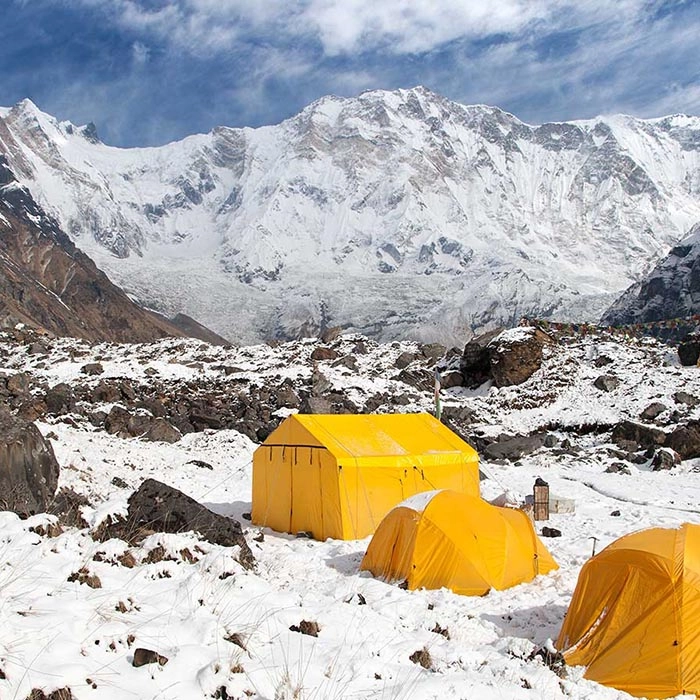
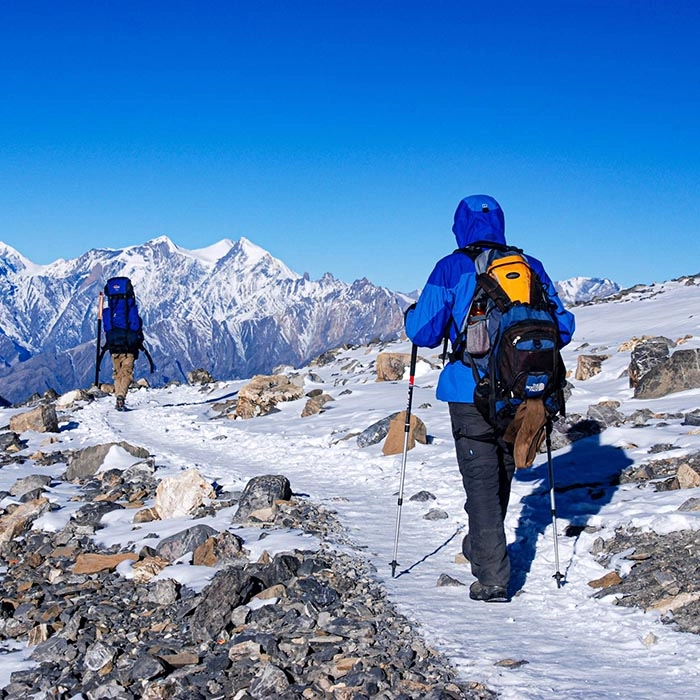
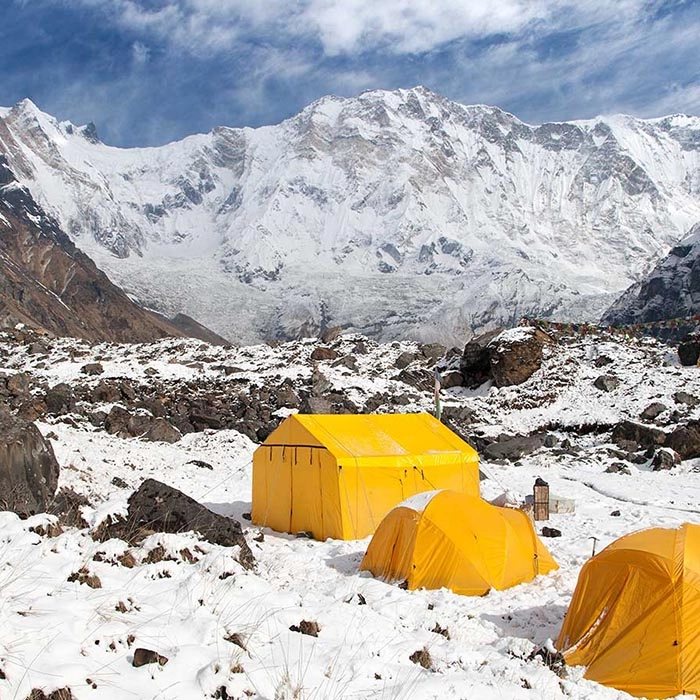
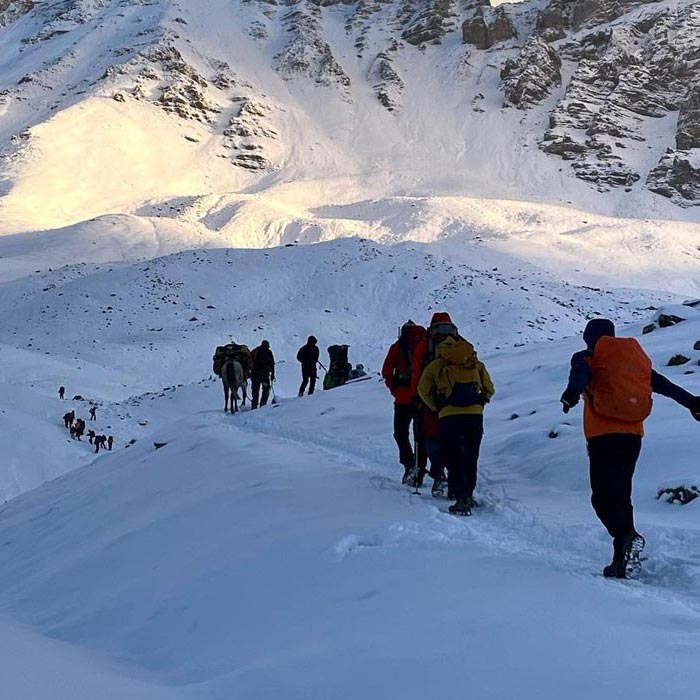
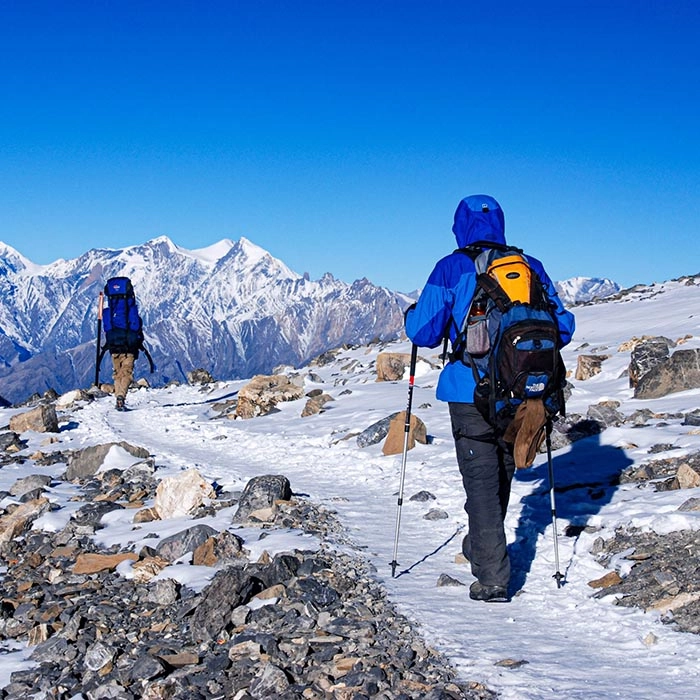
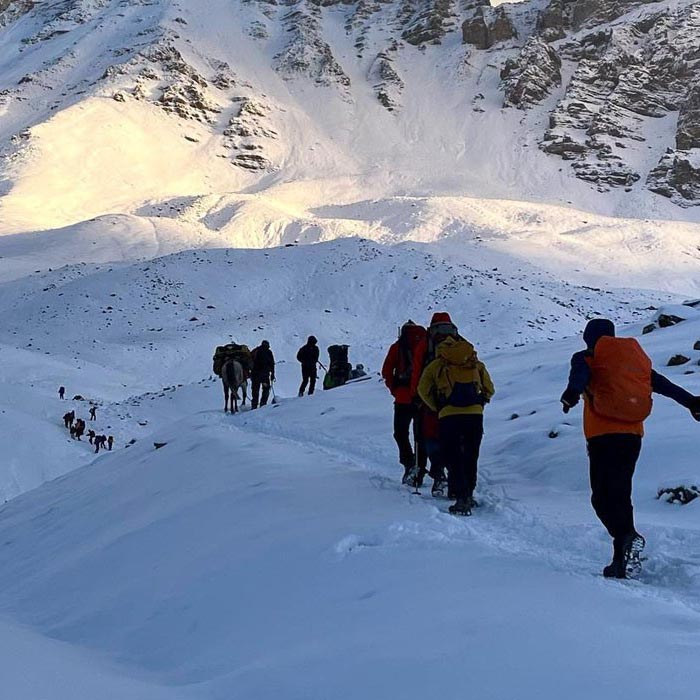
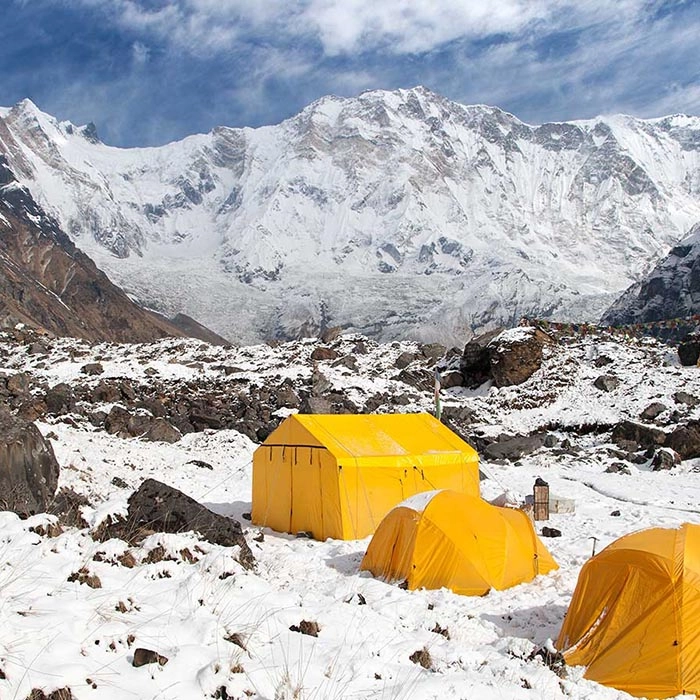
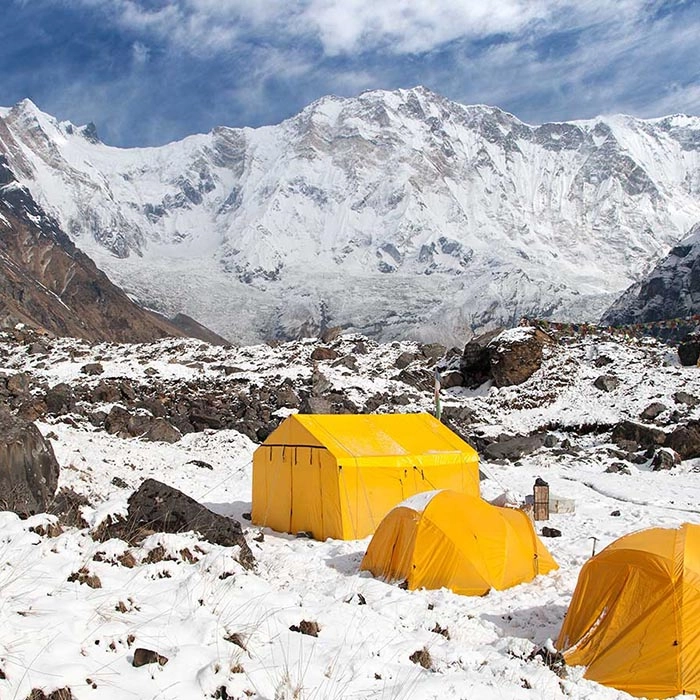
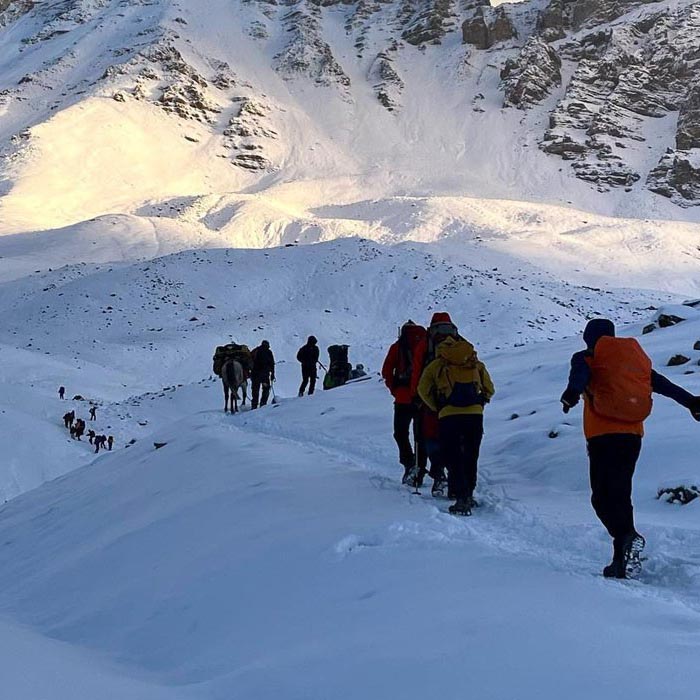
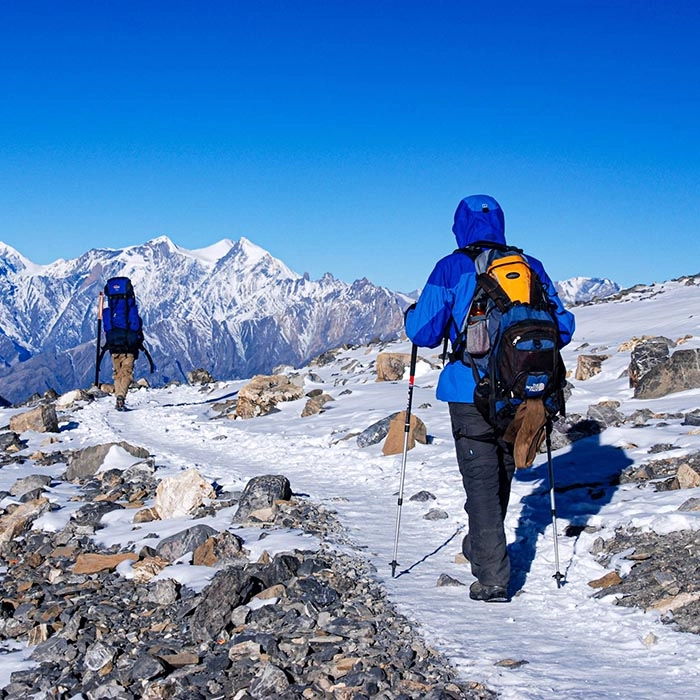


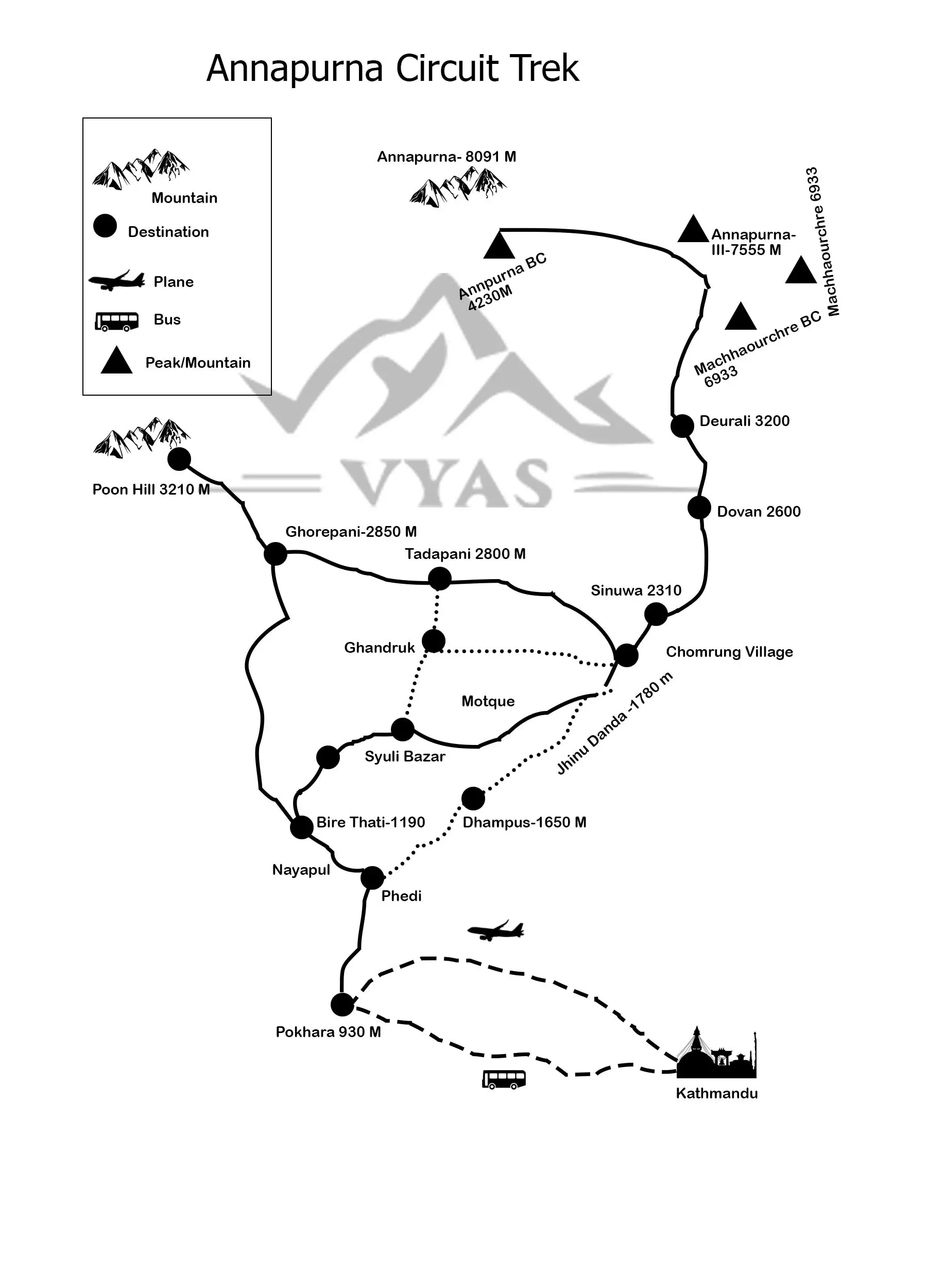






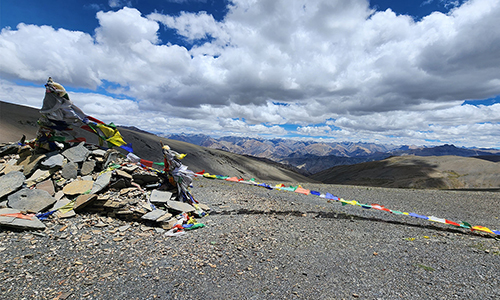

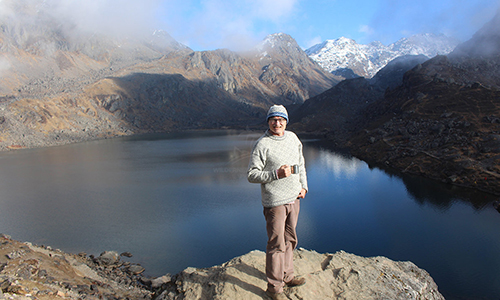


elqpmfgvjq
2025-07-28 12:35:44
pkdfntnhizxhkqrzlhrjpqhkhkftkq